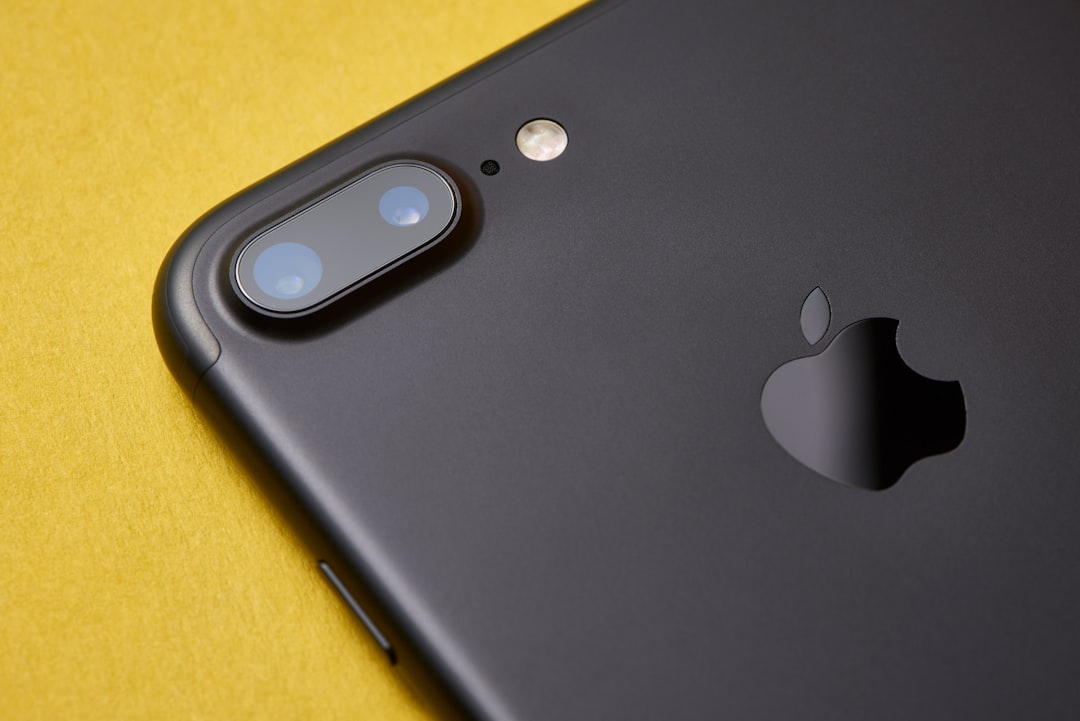Laser hair removal is a popular cosmetic procedure that uses a concentrated beam of light (laser) to remove unwanted hair. The laser emits a light that is absorbed by the pigment (melanin) in the hair. This light energy is converted to heat, which damages the hair follicles, inhibiting future hair growth. The procedure is effective in reducing hair growth in the targeted area, and it is commonly used on the face, legs, arms, underarms, bikini line, and other areas.
Laser hair removal is a safe and effective method for long-term hair reduction. It is important to note that the procedure works best on individuals with light skin and dark hair, as the contrast between the skin and hair color allows the laser to target the hair follicles more effectively. However, advancements in technology have made it possible for individuals with darker skin tones to undergo laser hair removal with specialized lasers that can safely target the hair follicles without causing damage to the surrounding skin.
Overall, laser hair removal offers a long-term solution for reducing unwanted hair growth, providing individuals with smooth and hair-free skin for an extended period of time. It is important to consult with a qualified and experienced professional to determine if laser hair removal is the right option for you based on your skin type, hair color, and medical history.
Key Takeaways
- Laser hair removal uses concentrated light to target and destroy hair follicles, leading to permanent hair reduction.
- The benefits of laser hair removal include long-lasting results, reduced ingrown hairs, and smoother skin.
- Before at-home laser hair removal, it’s important to shave the treatment area and avoid sun exposure.
- When performing laser hair removal at home, follow the device instructions carefully and start with a patch test.
- Aftercare for laser hair removal at home includes moisturizing the skin and avoiding sun exposure for a few days.
- Potential risks and side effects of at-home laser hair removal may include skin irritation, redness, and changes in skin pigmentation.
- Maintenance and long-term results of at-home laser hair removal may require occasional touch-up treatments to maintain smooth, hair-free skin.
Benefits of Laser Hair Removal
There are numerous benefits to undergoing laser hair removal. One of the primary advantages is the long-term reduction of unwanted hair growth. Unlike shaving or waxing, which only provide temporary results, laser hair removal offers a more permanent solution. After a series of treatment sessions, many individuals experience a significant reduction in hair growth in the targeted area, leading to smoother and hair-free skin.
Another benefit of laser hair removal is the precision it offers. The laser can selectively target coarse, dark hairs while leaving the surrounding skin undamaged. This precision makes laser hair removal ideal for areas such as the face and bikini line, where precision is crucial.
Additionally, laser hair removal is a relatively quick procedure, with each session lasting anywhere from a few minutes to an hour, depending on the size of the treatment area. This makes it a convenient option for individuals with busy schedules who are looking for a long-term solution to unwanted hair growth.
Furthermore, laser hair removal can also help to prevent ingrown hairs, which are common with other hair removal methods such as shaving and waxing. By targeting the hair follicles, laser hair removal reduces the likelihood of hairs becoming trapped beneath the skin, leading to fewer ingrown hairs and smoother skin.
Overall, the benefits of laser hair removal make it an attractive option for individuals looking to achieve long-term reduction in unwanted hair growth and enjoy smoother, hair-free skin.
Preparing for Laser Hair Removal at Home
Before performing laser hair removal at home, it is important to properly prepare the treatment area to ensure the best possible results. The first step in preparing for at-home laser hair removal is to thoroughly cleanse the skin to remove any dirt, oil, or skincare products. This will help the laser to effectively target the hair follicles without any barriers.
It is also important to shave the treatment area prior to the laser hair removal session. Shaving ensures that the laser can directly target the hair follicles without any interference from visible hair on the surface of the skin. However, it is important to avoid waxing or plucking the hairs before treatment, as this can disrupt the hair growth cycle and make it more difficult for the laser to effectively target the follicles.
In addition to preparing the treatment area, it is important to protect the skin from sun exposure in the weeks leading up to the at-home laser hair removal session. Sun exposure can make the skin more sensitive and increase the risk of complications during treatment. Using sunscreen and avoiding prolonged sun exposure can help to minimize any potential risks and ensure a successful at-home laser hair removal session.
Overall, proper preparation is essential for achieving optimal results with at-home laser hair removal. By cleansing the skin, shaving the treatment area, and protecting the skin from sun exposure, individuals can ensure that their at-home laser hair removal session is safe and effective.
Performing Laser Hair Removal at Home
| Metrics | Home Laser Hair Removal |
|---|---|
| Cost | Initial investment in a home laser device |
| Time | Time required for each treatment session |
| Effectiveness | Percentage of hair reduction achieved |
| Safety | Potential risks and side effects |
| Convenience | Ability to perform treatments at home |
Performing laser hair removal at home requires careful attention to detail and following all safety precautions to ensure a successful treatment session. The first step in performing at-home laser hair removal is to carefully read and follow the instructions provided with the laser device. It is important to understand how to properly use the device, including adjusting the intensity settings and ensuring that it is suitable for your skin type and hair color.
Before beginning the treatment session, it is important to conduct a patch test on a small area of skin to assess how it reacts to the laser. This will help to determine if there are any adverse reactions or sensitivity to the treatment before proceeding with larger areas.
When using the laser device, it is important to hold it steady and move it in a slow and controlled manner over the treatment area. It is crucial to avoid overlapping areas or treating the same area multiple times during a single session, as this can increase the risk of skin irritation or damage.
After completing the at-home laser hair removal session, it is important to follow any post-treatment care instructions provided with the device. This may include applying soothing creams or gels to calm the skin and minimize any potential redness or irritation.
Overall, performing laser hair removal at home requires careful attention to detail and following all safety precautions to ensure a successful treatment session. By reading and following the instructions provided with the device, conducting a patch test, and using the laser device in a controlled manner, individuals can achieve effective results from at-home laser hair removal.
Aftercare for Laser Hair Removal
After completing a laser hair removal session, it is important to follow proper aftercare to ensure that the skin heals effectively and minimize any potential side effects. One of the key steps in aftercare for laser hair removal is to avoid sun exposure in the treated area for several weeks following the session. Sun exposure can increase the risk of complications such as hyperpigmentation or skin sensitivity, so it is important to use sunscreen and cover the treated area when going outside.
It is also important to avoid hot showers or baths immediately after laser hair removal, as this can increase skin sensitivity and potentially cause irritation. Instead, individuals should opt for lukewarm water and gentle cleansing to keep the treated area clean and free from any potential irritants.
In addition to avoiding sun exposure and hot water, individuals should also avoid using harsh skincare products or exfoliants on the treated area for at least a week following laser hair removal. This will help to prevent any potential irritation or damage to the skin as it heals from the treatment session.
Overall, proper aftercare for laser hair removal is essential for ensuring that the skin heals effectively and minimizing any potential side effects. By avoiding sun exposure, hot water, and harsh skincare products, individuals can promote healing and achieve optimal results from their laser hair removal sessions.
Potential Risks and Side Effects

While laser hair removal is generally considered safe, there are potential risks and side effects that individuals should be aware of before undergoing treatment. One of the most common side effects of laser hair removal is temporary redness and swelling in the treated area. This typically subsides within a few hours or days following treatment but can be managed with soothing creams or gels.
In some cases, individuals may experience changes in skin pigmentation following laser hair removal. This can manifest as either darkening or lightening of the skin in the treated area. While these changes are usually temporary, they can be more pronounced in individuals with darker skin tones.
Another potential risk of laser hair removal is blistering or crusting of the skin in rare cases. This can occur if the laser intensity is too high or if proper aftercare instructions are not followed. It is important to seek medical attention if blistering or crusting occurs to prevent infection and promote healing.
Additionally, there is a small risk of scarring or infection following laser hair removal if proper precautions are not taken before or after treatment. It is important to follow all safety guidelines provided by a qualified professional or device manufacturer to minimize these risks.
Overall, while there are potential risks and side effects associated with laser hair removal, they can be minimized by following proper safety precautions and aftercare instructions. By being aware of these potential risks and side effects, individuals can make informed decisions about undergoing laser hair removal and take steps to minimize any potential complications.
Maintenance and Long-Term Results
After completing a series of laser hair removal sessions, maintenance treatments may be necessary to ensure long-term results. While many individuals experience significant reduction in unwanted hair growth following their initial treatments, some may notice regrowth over time due to hormonal changes or other factors.
Maintenance treatments typically involve scheduling periodic sessions every few months or as needed to target any regrowth in the treated area. These sessions are usually shorter than initial treatments and help to maintain smooth and hair-free skin over time.
In addition to maintenance treatments, individuals can also take steps to prolong their results from laser hair removal. This may include avoiding plucking or waxing hairs between treatments, as this can disrupt the hair growth cycle and make it more difficult for the laser to effectively target the follicles.
Overall, maintenance treatments and proper aftercare can help individuals achieve long-term results from laser hair removal. By following these guidelines and working with a qualified professional, individuals can enjoy smooth and hair-free skin for an extended period of time after completing their initial treatment sessions.
Looking for more information on laser hair removal? Check out this insightful article on the effectiveness of laser hair removal for eyebrows. The article discusses the benefits and considerations of using laser technology for shaping and maintaining well-defined eyebrows. Learn more about the process and potential results by visiting In Laser Hair Removal.
FAQs
What is at-home laser hair removal?
At-home laser hair removal is a method of removing unwanted body hair using a handheld device that emits laser light to target and destroy hair follicles.
How does at-home laser hair removal work?
At-home laser hair removal works by emitting a concentrated beam of light that is absorbed by the pigment in the hair follicle. This damages the follicle and inhibits future hair growth.
Is at-home laser hair removal safe?
When used according to the manufacturer’s instructions, at-home laser hair removal is generally considered safe. However, it is important to follow safety precautions and perform a patch test before using the device on a larger area.
What are the benefits of at-home laser hair removal?
Some benefits of at-home laser hair removal include convenience, cost savings compared to professional treatments, and the potential for long-term hair reduction.
Are there any risks or side effects associated with at-home laser hair removal?
Possible risks and side effects of at-home laser hair removal may include skin irritation, redness, and in rare cases, burns or changes in skin pigmentation. It is important to carefully follow the device’s instructions and use appropriate settings for your skin type.
Who is a good candidate for at-home laser hair removal?
At-home laser hair removal is generally suitable for individuals with light to medium skin tones and dark hair. It may not be as effective for individuals with very light or very dark skin tones, or for individuals with light or gray hair.
How long does it take to see results with at-home laser hair removal?
Results from at-home laser hair removal can vary, but most users typically start to see a reduction in hair growth after a few treatments. It may take several weeks or months to achieve significant hair reduction.
Is at-home laser hair removal permanent?
At-home laser hair removal can lead to long-term hair reduction, but it is not guaranteed to be permanent. Some hair may eventually regrow, but it is often finer and lighter in color. Regular maintenance treatments may be needed to maintain results.






